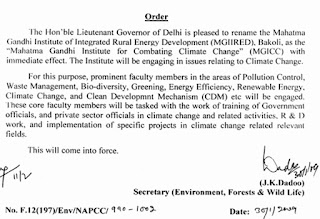On the cliché "I will act according to what my conscience tells me"
Next time you hear anyone resort to 'conscience', or even if you are tempted to resort to your 'conscience', on matters that, well, matter, think about this - " Why is conscience called one's "manahsaksi"? Conscience is fit to be only a witness(saksi), not to be a judge. A witness often gives false evidence. The mind, however, doesn't tell an untruth - indeed it knows the truth of all things. " There is no deceit that is hidden from the heart(mind), " says Auvvai. Conscience may be regarded as a witness. But nowadays it is brought in as a judge also in dharmic matters. As a witness it will give us a true report of what it sees or has seen. But on the basis of it we cannot give on what is just with any degree of finality. "What I think is right, " everybody would try to satisfy himself thus about his actions if he were to be guided only by his conscience. How can this be justified as the verdict of dharma? We often hear pe

